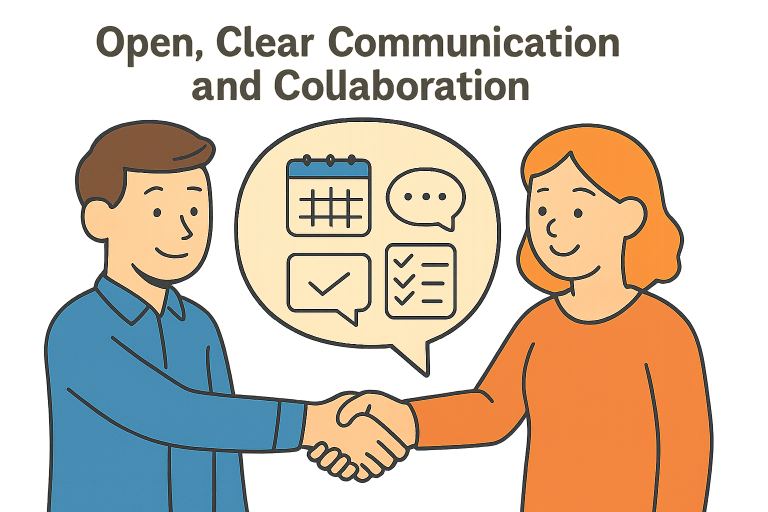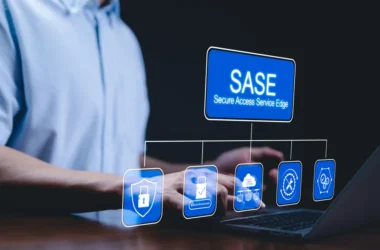Why Transparent Communication Matters
In every enduring client-business partnership, trust emerges as the key ingredient for success. Transparent communication doesn’t just improve day-to-day interactions; it shapes clients’ perceptions of reliability, professionalism, and commitment from the outset. When businesses openly share progress, setbacks, and next steps through accessible platforms, clients feel informed and valued, which naturally fosters loyalty. Incorporating a view platform allows for a more seamless and transparent exchange of information, enhancing the overall relationship.
Furthermore, consistent updates and honest feedback encourage a collaborative environment where both parties can work towards shared goals. This level of transparency reduces misunderstandings and helps resolve issues more quickly. Clients are more likely to recommend businesses that demonstrate consistent honesty and openness. Ultimately, building trust through transparent practices creates a strong foundation for long-term success.
Core Elements of Effective Client Interaction
Clarity, Consistency, and Accessibility
The most effective communication strategies are grounded in three principles: clarity, consistency, and accessibility. Clear messaging eliminates ambiguity and sets accurate expectations, while consistent touchpoints ensure clients never feel left in the dark. Accessibility—guaranteeing clients can reach the right people and resources at any time—cements the sense of partnership.
Case Study: Engagement in Action
For example, a global design agency implemented bi-weekly project updates via an online portal. Not only did clients report higher satisfaction and fewer misunderstandings, but the agency also saw a 30% reduction in timeline overruns. This shift came from making information easy to access and providing regular, structured communication throughout the lifecycle of every project.
Modern Communication Tools That Support Transparency
Clients today expect seamless, real-time updates and collaboration. Email remains a reliable staple, but chat platforms and video calls now offer higher immediacy. Tools like Slack, Microsoft Teams, and Zoom have become essential for keeping lines of communication open and transparent. Beyond messaging, collaborative platforms such as Asana or Trello allow real-time project tracking and shared visibility, ensuring everyone has access to the same information whenever needed.
Investing in these collaborative ecosystems not only simplifies workflows but also demonstrates a proactive commitment to keeping clients in the loop. For more insights on the future of communication channels, Gartner highlights the rise of enterprise ecosystems as a new norm in client service.

How Feedback Loops Drive Improvement
Building long-lasting relationships means continuously seeking and acting on client feedback. Inviting clients to share their thoughts, challenges, and ideas helps businesses remain agile and client-focused. Simple mechanisms such as pulse surveys, regular check-in calls, or leveraging Net Promoter Score (NPS) surveys can surface critical insights for ongoing improvement.
The most successful organizations create dedicated feedback loops, demonstrating responsiveness to input. High-performing teams treat feedback as an opportunity for dialogue—closing the loop by sharing how client suggestions or concerns have directly influenced changes. This not only builds trust but also empowers clients to become partners in the business relationship, ultimately driving deeper engagement over time.
Setting the Tone from Day One
First impressions matter. A transparent onboarding process sets clear expectations about deliverables, timelines, and communication cadence from the start. Providing clients with a roadmap for how updates, check-ins, and escalations will be handled not only demonstrates professionalism but also reduces anxiety and uncertainty.
Structured onboarding should include the introduction of team members, clear definitions of roles, and easily accessible resources or FAQs. When clients see that their needs and potential concerns have been considered from day one, it increases their comfort level and creates fertile ground for a productive, long-term relationship.
Resolving Issues with Empathy and Accountability
Even in the strongest partnerships, issues inevitably arise. The difference between losing a client and building a stronger relationship often hinges on how those issues are handled. Addressing challenges with empathy—listening carefully to client frustrations and acknowledging the impact—shows respect and validates their concerns.
Transparent resolution means openly communicating steps taken to address the issue, sharing timelines for results, and owning any missteps. By routinely following through and keeping the client updated on resolution progress, businesses can turn potentially negative experiences into powerful demonstrations of accountability and commitment.
The Data-Driven Client Communication Strategy
Leveraging analytics enables organizations to tailor their communication approach to individual client preferences and needs. Data can inform optimal outreach frequency, preferred channels, and even the tone of messaging most likely to resonate. By regularly assessing engagement metrics and patterns, teams can refine their outreach strategy for better alignment and impact.
As explored in McKinsey’s insights on the new essentials of customer experience, organizations that intelligently apply client data in their communication strategies are positioned to deliver more relevant, timely, and valuable interactions, leading to improved client satisfaction and loyalty.
Future Outlook: The Growing Demand for Authenticity
The expectation for transparency in client service is only intensifying. With increased digital literacy and access to information, clients are more discerning and less tolerant of opacity or outdated communication practices. Authentic, transparent interactions are fast becoming a non-negotiable aspect of trusted partnerships.
Forward-thinking teams are investing in integrated platforms and training focused on authentic engagement, preparing for a future where openness, accountability, and empathy are embedded in every client touchpoint. By prioritizing these values today, businesses can secure stronger, more resilient relationships that will stand the test of time and changing client expectations.








